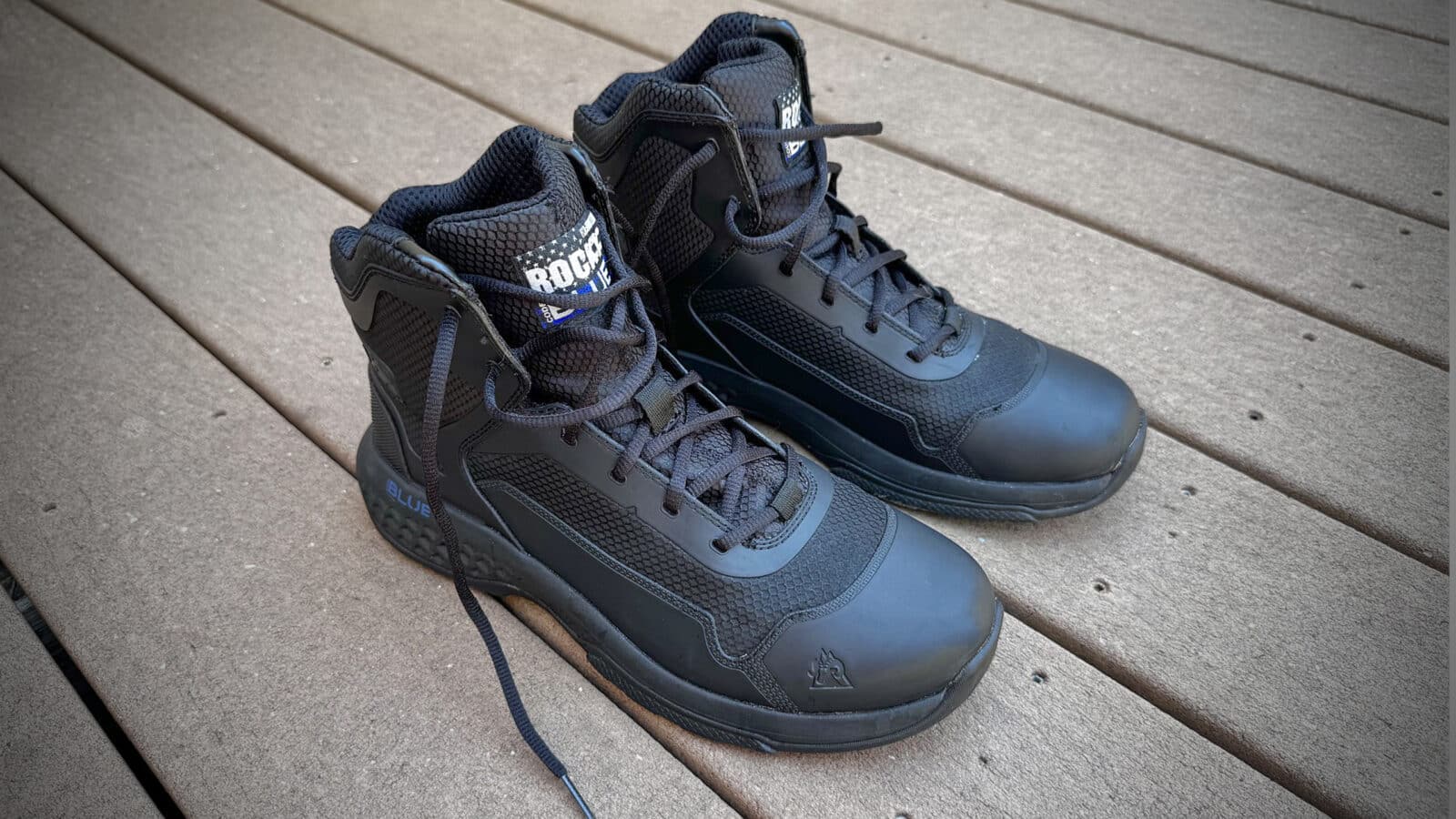ABERDEEN PROVING GROUND, Md. — The U.S. Army has awarded a new Other Transaction Authority (OTA) agreement to Lockheed Martin Rotary and Mission Systems and their team of non-traditional innovators and commercial technology providers. This agreement aims to advance the Army’s Next Generation Command and Control division-level prototyping and experimentation by delivering an integrated data layer capability to the 25th Infantry Division.
Next Generation Command and Control, or NGC2, is the Army’s new, innovative approach to equipping commanders with the data they need to make better, faster decisions than the enemy amid rapid technological change.
The OTA was awarded through the NGC2 competitive Commercial Solutions Offering (CSO) on behalf of Program Executive Office Command, Control, Communications, and Network (PEO C3N) for $26 million with a not to exceed period of performance of 16 months.
The new OTA builds on the Army’s recently extended NGC2 OTA agreement to Team Anduril, which also includes several teamed industry partners. Vendor teams participating in NGC2 are flexible, allowing the Army to collaborate with the team leads to adjust capabilities and participants based on prototyping outcomes. Additionally, the Army is accepting proposals on the CSO for potential future team lead or component integration into the NGC2 technology stack.
“This isn’t the end of competition, this is the beginning. Through these two industry team lead agreements, we’ll evaluate different models for shared responsibility and aligned incentives during the NGC2 prototyping phase. We don’t want to have great capabilities simply at the start — we want a durable partnership model that keeps pace with an ever-evolving American tech sector and creates continual opportunity to find and insert the best technology solutions,” said Joseph Welch, deputy to the commanding general, Army Futures Command. “By encouraging companies to self-organize and team with each other and enabling them to integrate and solve these problems directly with the operational force, we will be able to rapidly and continuously improve the command and control capabilities we deliver to Soldiers.”
In July, the Army continued an OTA agreement to Team Anduril to maintain NGC2 momentum from Project Convergence experimentation. The agreement will deliver a NGC2 prototype architecture to the 4th Infantry Division, which is conducting prototyping across applications, data, infrastructure, and transport within a full “technology stack.” The Team Lockheed Martin OTA will focus on the integrated data layer, allowing the Army to assess NGC2 software options. These options will be supported by the C2 Fix transport and infrastructure capabilities already fielded to the 25th Infantry Division. The OTA also supports the Army’s goal of increasing competition and creating multiple opportunities for vendors to contribute technology to the NGC2 ecosystem.
“Next Generation Command and Control is about accelerating transformation and optimizing the innovation of both industry and our warfighters to deliver critical Warfighting capabilities at speed,” said Jesse Tolleson, acting assistant secretary of the Army for Acquisition, Logistics and Technology. “This is not business as usual and reflects exactly what we are trying to achieve through transformation across the Army and the acquisition community.”
Lessons learned by the 4th Infantry Division and 25th Infantry Division will provide insights into how heavy and light units will apply NGC2 differently. These efforts will also examine how NGC2 elements function across the technology stack, with a focus on the data layer’s ability to ingest, transport, and organize data from multiple warfighting systems. Additionally, they will inform future fielding considerations for the broader Army.
“The pace at which we are moving with NGC2, both in terms of contracting and getting the equipment into the hands of Soldiers, is exceptional and laser focused on making our formations faster and more lethal,” said Brig. Gen. Shane Taylor, PEO C3N. “The NGC2 CSO is one way we are transforming our acquisition approaches to drive continuous competition and equip Soldiers with technologies that will win in the future fight.”

Previously fielded with the Army’s C2 Fix capabilities — which provided a “fight tonight” division communications architecture with a mix of military and commercial off-the-shelf capabilities as a down payment on NGC2 transformation — the 25th Infantry Division is postured to demonstrate how NGC2 software capabilities operate with C2 Fix hardware.
“At the 25th Infantry Division, we are humbled to play a role in bringing Next Generation Command and Control into the hands of Soldiers,” said Lt. Col. Eugene Miranda, spokesperson for 25th Infantry Division. “This effort is about giving our leaders and formations the ability to sense, decide, and act faster together than any adversary. By working alongside our industry partners and allies, we are learning in real time how human skill, disciplined processes, and emerging technologies can come together to strengthen deterrence and win in the Indo-Pacific. We are proud to contribute to this Army-wide transformation, knowing that every lesson we learn here helps drive the change our Army needs at the speed of need.”
Through NGC2, the Army is transforming not only technology, but also processes in requirements, resourcing, acquisition and contracting. The NGC2 competitive CSO enables continuous open solicitation with specific “decision windows,” allowing vendors to support rapid integration of new capabilities. During the most recent CSO opportunity for NGC2 prototyping with 25th Infantry Division, more than 80 vendors submitted team lead or component provider proposals.
“Contracting for NGC2 is not just about buying a product; it’s about investing in strategic partnerships with vendors,” said Danielle Moyer, executive director, Army Contracting Command – Aberdeen Proving Ground. “By continuing to embrace open dialogue and collaboration with industry and offering an environment that continues to leverage competition across all aspects of the NGC2 ecosystem, we can better equip our Soldiers with the most agile and innovative technology available.”
By PEO C3N Public Communications Directorate
Both comments and pings are currently closed.
Read the full article here








Leave a Reply